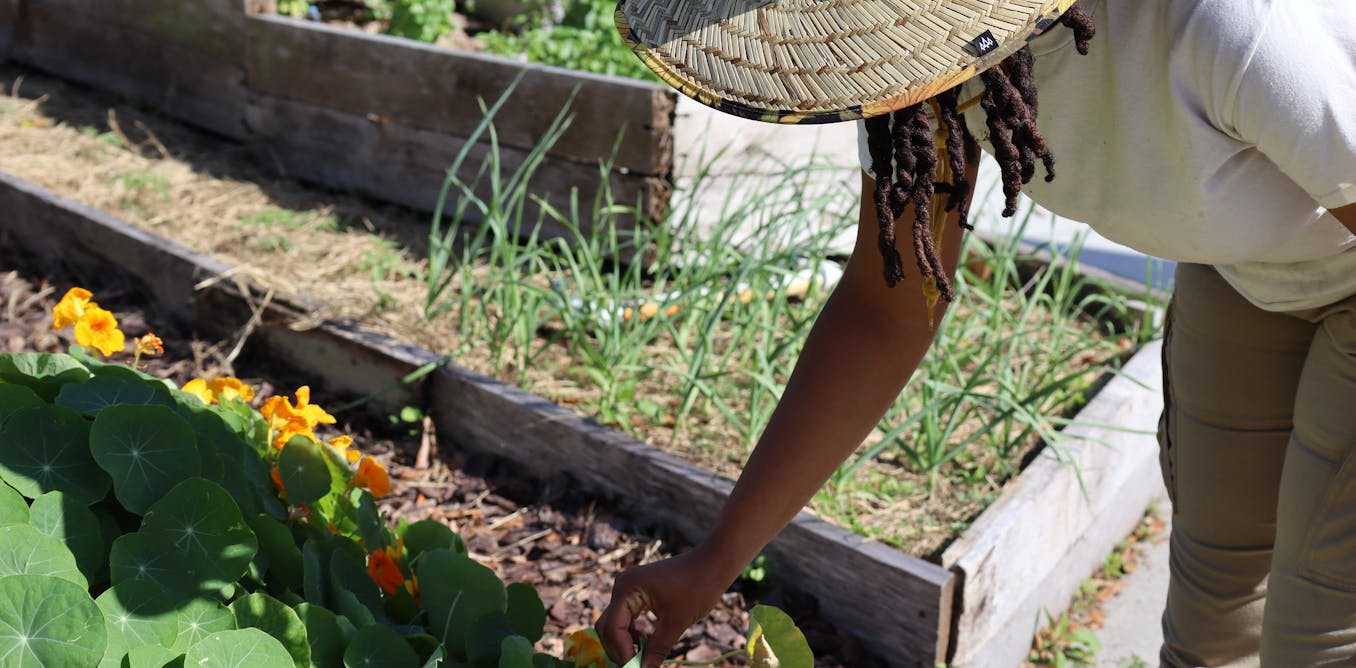The Greatest Guide To City Blooming
The Greatest Guide To City Blooming
Blog Article
All about City Blooming
Table of ContentsCity Blooming Fundamentals ExplainedRumored Buzz on City BloomingCity Blooming - An OverviewSome Known Facts About City Blooming.The Main Principles Of City Blooming
Intrigued in growing food available in the City of Chicago? Considering beginning a neighborhood yard? Changes to the Chicago Zoning Statute enable agricultural uses like area yards and metropolitan farms in several parts of the city. Below is a listing of frequently asked concerns pertaining to the rules and guidelines that cultivators must take into consideration when planning an urban agriculture task.
The zoning amendment does not customize any various other codes taking care of composting, building authorizations, buying or renting City possessed residential or commercial property, service licenses or ecological contamination. There are existing codes that manage these problems and they continue to be completely effect and might be suitable to your task. Area yards are generally had or managed by public entities, civic companies or community-based organizations and maintained by volunteers.
Urban ranches grow food that is planned to be offered, either on a nonprofit or for-profit basis. As a result of their industrial objective, metropolitan farms require an organization certificate. Yes. A community yard is enabled to offer excess create that was expanded on website if the sales are accessory or secondary to the garden's main objective defined over.
City Blooming Fundamentals Explained
Composting is enabled however only for plant product that is generated and used on site. The quantity of garden compost material can not surpass 25 cubic lawns at any kind of offered time according to the requirements in 7-28-715 of the City's Municipal Code. Yes. Due to the fact that the soil at most brand-new yard sites requires changing, compost, dirt, timber chips, or various other materials can be gotten to construct or boost the growing space - fruit and vegtables.

If a building license is required then the hoophouse will be taken into consideration an accessory building. You can figure out even more about the structure license requirements by getting in touch with the Department of Structures. The 25,000-square-foot size restriction is intended to prevent a solitary neighborhood yard from dominating an offered block or interfering with the block's existing household or business character.
The limit does not use to yards found in Public Open Room (POS) areas. Can there be even more than one community garden that is 25,000 square feet on a solitary block? Fencing is not needed, nonetheless, gardens that have big parking areas might be required to install fencing or other landscaping attributes.
Unknown Facts About City Blooming
B1 & B2 areas require that all business usage activities be performed inside your home. R districts restrict business task. The guidelines show the purpose and intent of the Zoning Code. Is fencing needed for metropolitan farms? Yes. Fencings might be called for, along with landscaping and testing, for certain parking lot and outdoor job or storage locations relying on location and the specific activity happening.
Urban ranches call for structure authorizations and zoning authorizations prior to building and construction (City gardening). Various other types of city testimonial may be required depending on details frameworks, tasks, size, landscaping, licensing, public health and stormwater administration problems.
The Division of Company Matters and Consumer Defense can help determine the particular kind of service license that's called for. Off street auto parking is required for a lot of commercial tasks in Chicago. The called for number of parking spaces is based on the number of employees functioning on website and not the square video footage of the growing area.
Indicators on City Blooming You Need To Know

Yes. An urban farm can offer compost material produced on website, nevertheless, the procedure has to abide by here are the findings the guidelines in 7-28-715 of the Chicago Municipal Code. Yes. Aquaponic systems are permitted indoors on metropolitan farms in several zoning areas. However, a zoning evaluation and structure license is needed in order to install frameworks or systems and a company certificate is needed as described above.
As much as five hives or nests of honey might be maintained as an accessory use. Beekeepers have to sign up with the Illinois Division of Agriculture. To learn more concerning the recommended zoning change you might call the Division of Real Estate and Economic Advancement, Bureau of Preparation and Zoning at 312.744.8563.
Farming in cities and metropolitan locations A city farm in Chicago. Urban agriculture describes various practices of growing. https://www.ted.com/profiles/47172561, processing, and distributing food in metropolitan areas. The term likewise uses to the area activities of animal husbandry, aquaculture, beekeeping, and horticulture in an urban context. Urban farming is differentiated from peri-urban agriculture, which takes place in rural areas at the edge of suburbs.
City Blooming Things To Know Before You Get This
It can include a motion of organic farmers, "foodies" and "locavores", who look for to develop social media networks based on a common values of nature and community holism. These networks can establish by method of formal institutional assistance, ending up being integrated right into regional town as a "shift town" activity for sustainable urban advancement.
Some of the initial evidence of urban farming comes from Mesopotamia.
Report this page